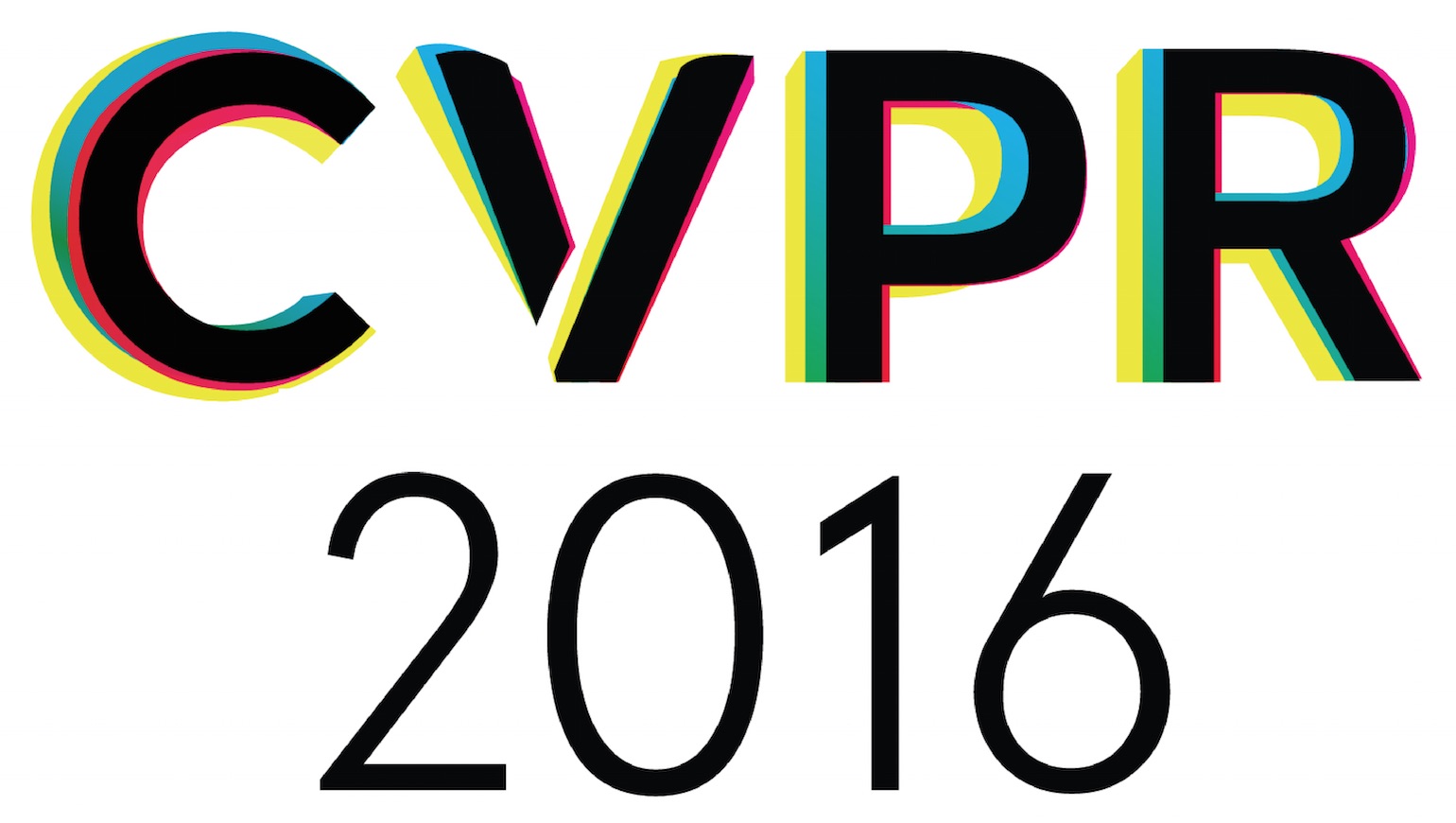-
Learning a Discriminative Null Space for Person Re-Identification
AbstractMost existing person re-identification (re-id) methods focus on learning the optimal distance metrics across camera views. Typically a person's appearance is represented using features of thousands of dimensions, whilst only hundreds of training samples are available due to the difficulties in collecting matched training images. With the number of training samples much smaller than the feature dimension, the existing methods thus face the classic small sample size (SSS) problem and have to resort to dimensionality reduction techniques and/or matrix regularisation, which lead to loss of discriminative power. In this work, we propose to overcome the SSS problem in re-id distance metric learning by matching people in a discriminative null space of the training data. In this null space, images of the same person are collapsed into a single point thus minimising the within-class scatter to the extreme and maximising the relative between-class separation simultaneously. Importantly, it has a fixed dimension, a closed-form solution and is very efficient to compute. Extensive experiments carried out on five person re-identification benchmarks including VIPeR, PRID2011, CUHK01, CUHK03 and Market1501 show that such a simple approach beats the state-of-the-art alternatives, often by a big margin.
Related Material
[pdf][bibtex]@InProceedings{Zhang_2016_CVPR,
author = {Zhang, Li and Xiang, Tao and Gong, Shaogang},
title = {Learning a Discriminative Null Space for Person Re-Identification},
booktitle = {Proceedings of the IEEE Conference on Computer Vision and Pattern Recognition (CVPR)},
month = {June},
year = {2016}
}
These CVPR 2016 papers are the Open Access versions, provided by the Computer Vision Foundation.
Except for the watermark, they are identical to the accepted versions; the final published version of the proceedings is available on IEEE Xplore.
Except for the watermark, they are identical to the accepted versions; the final published version of the proceedings is available on IEEE Xplore.
This material is presented to ensure timely dissemination of scholarly and technical work.
Copyright and all rights therein are retained by authors or by other copyright holders.
All persons copying this information are expected to adhere to the terms and constraints invoked by each author's copyright.

